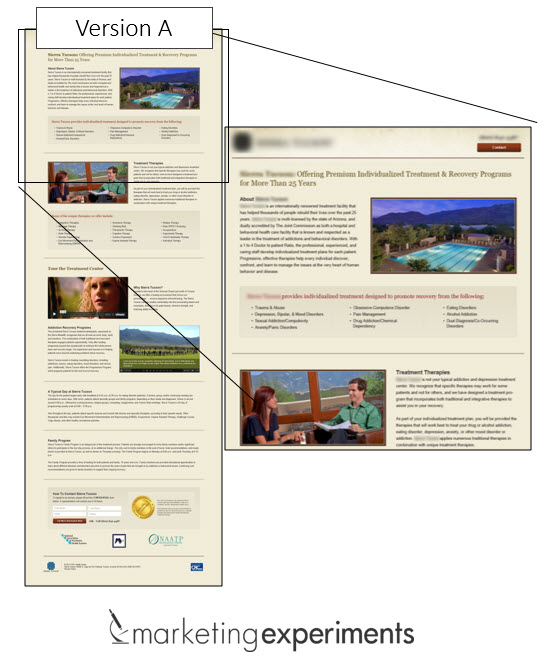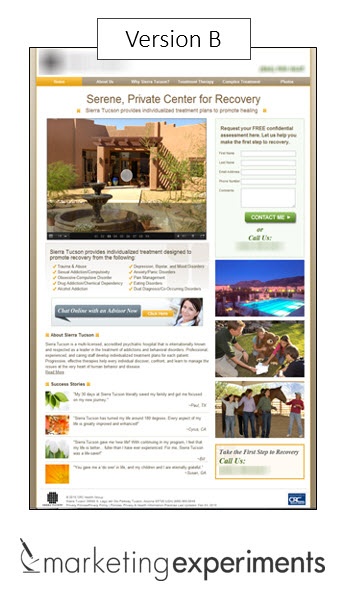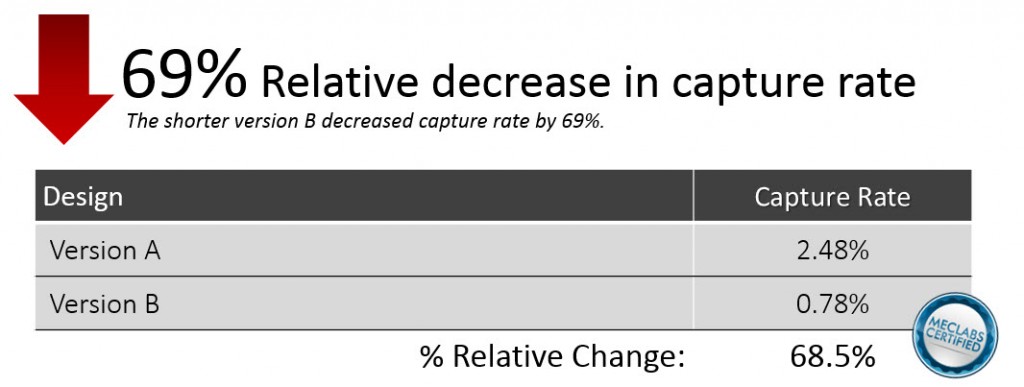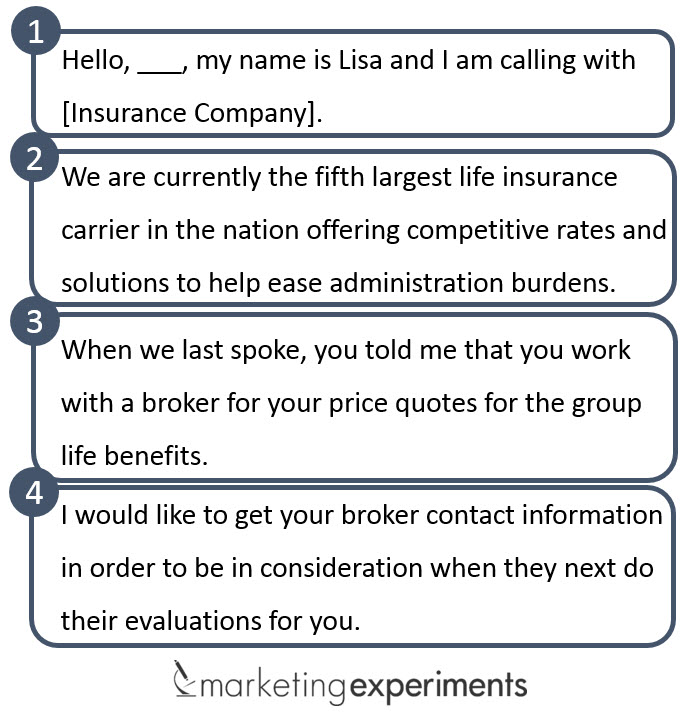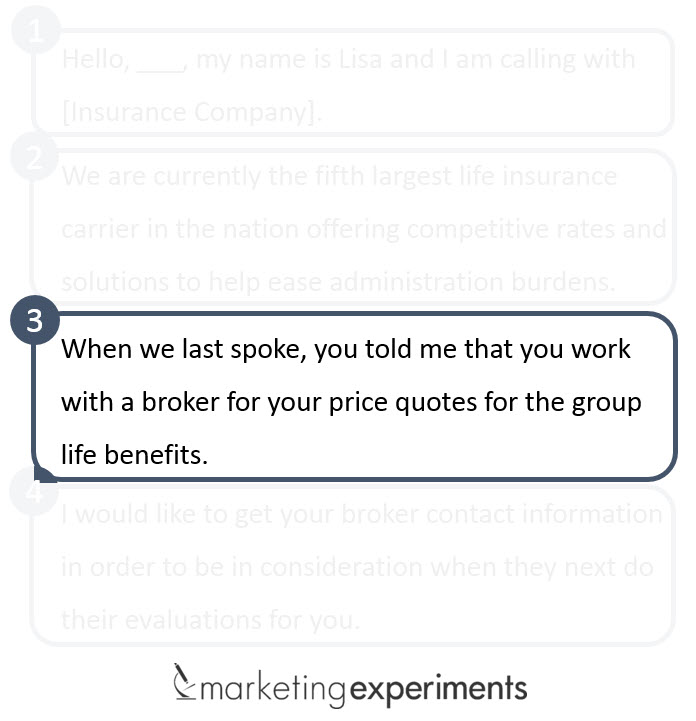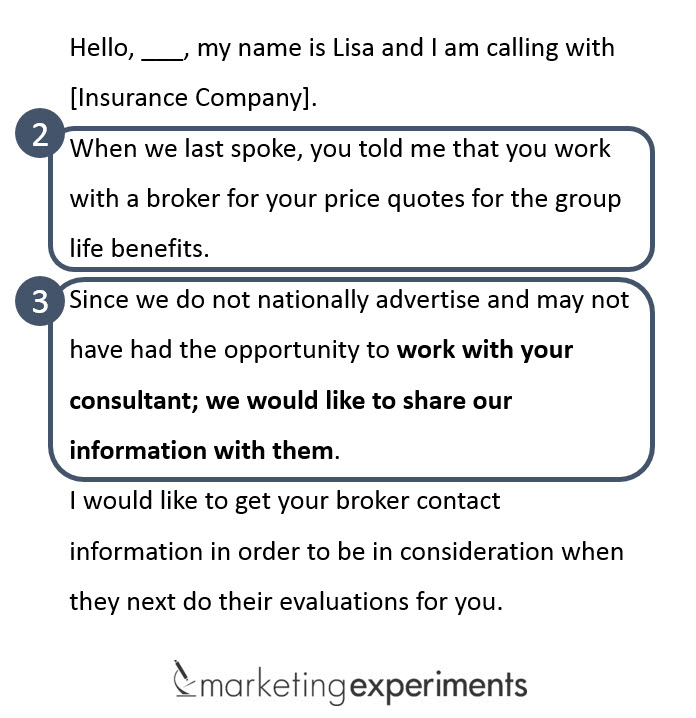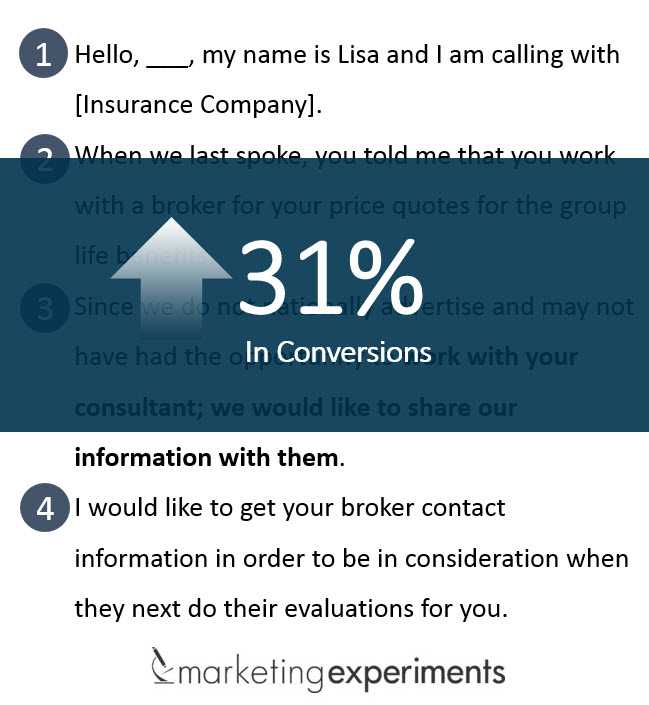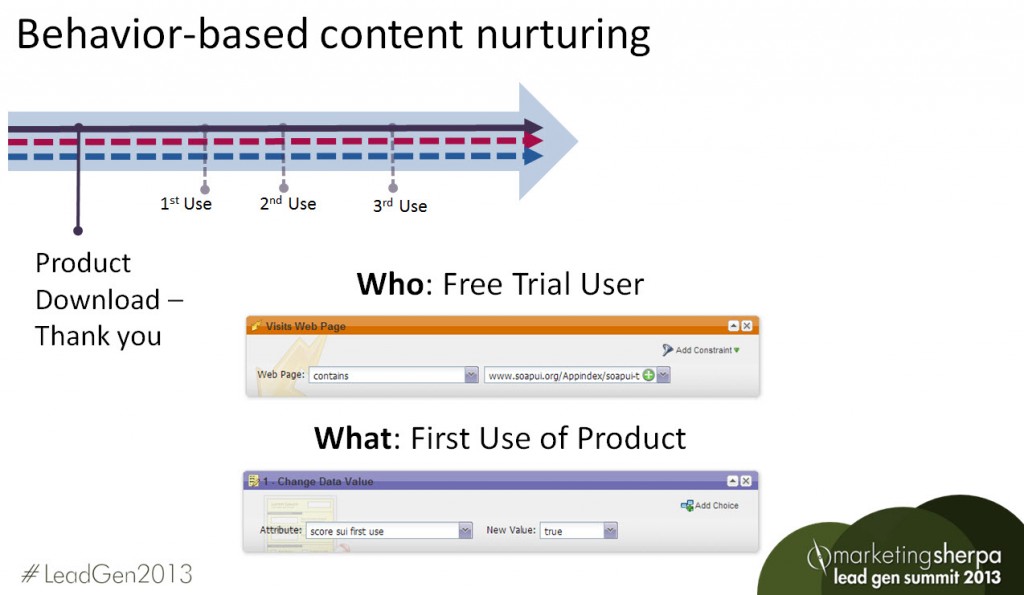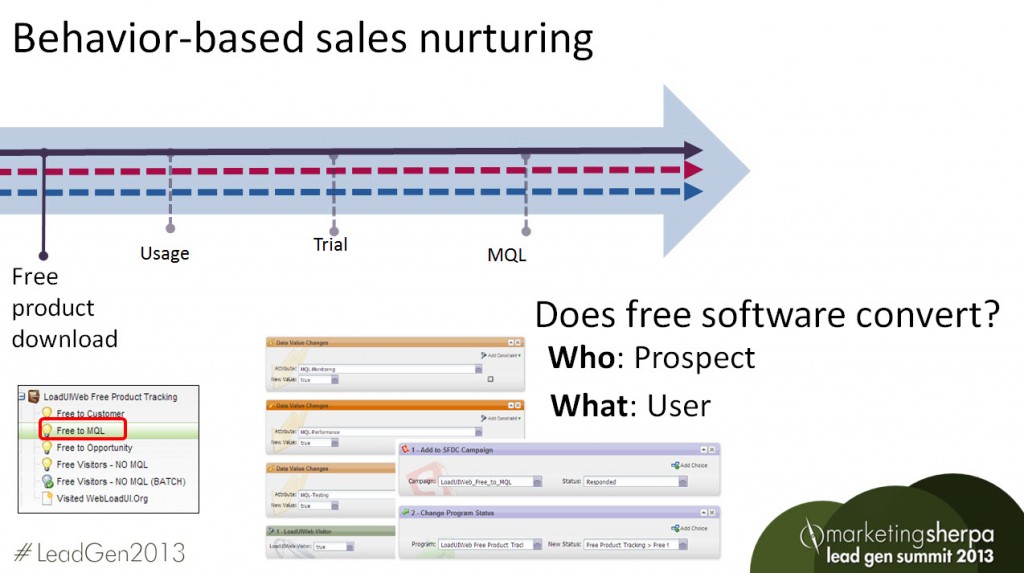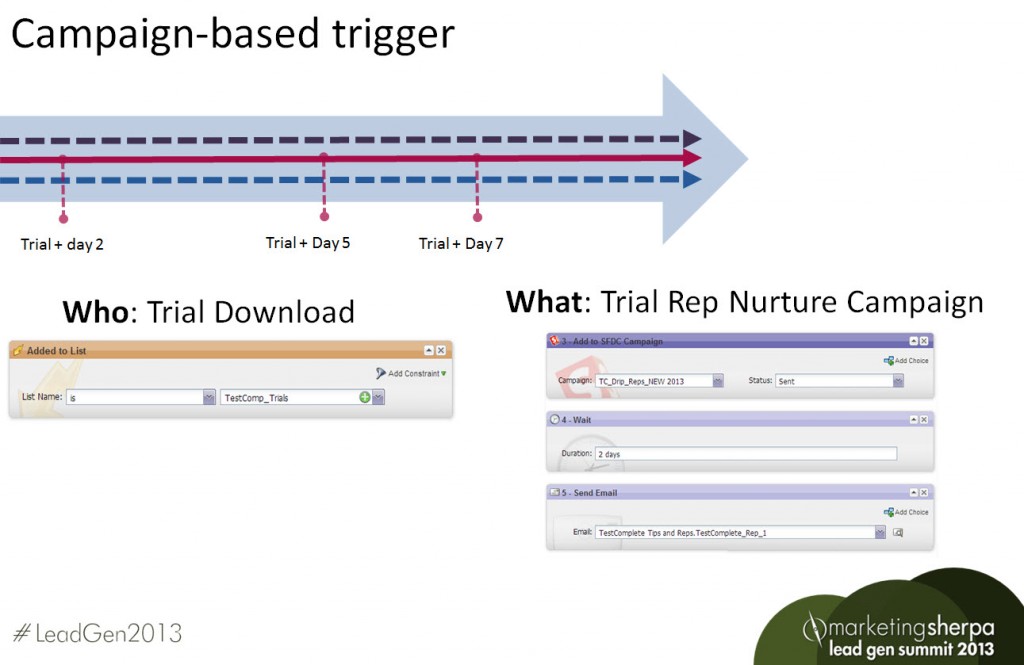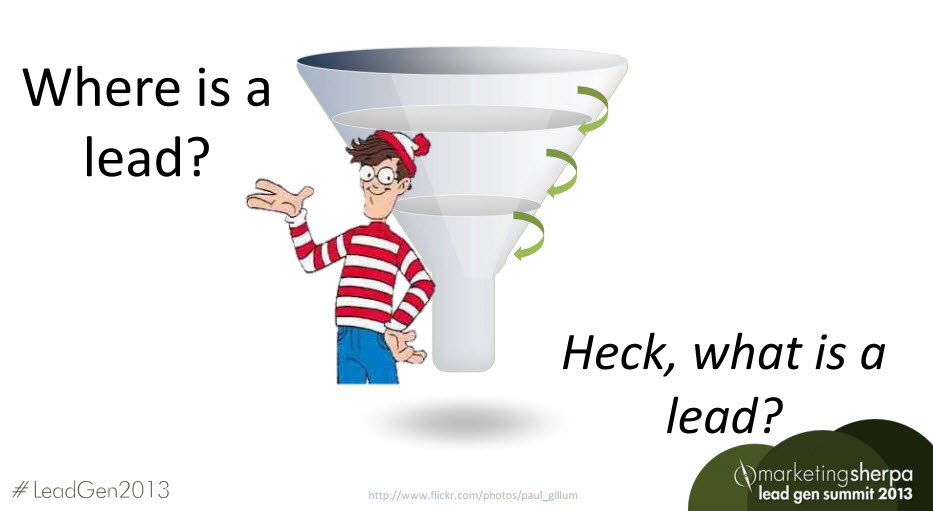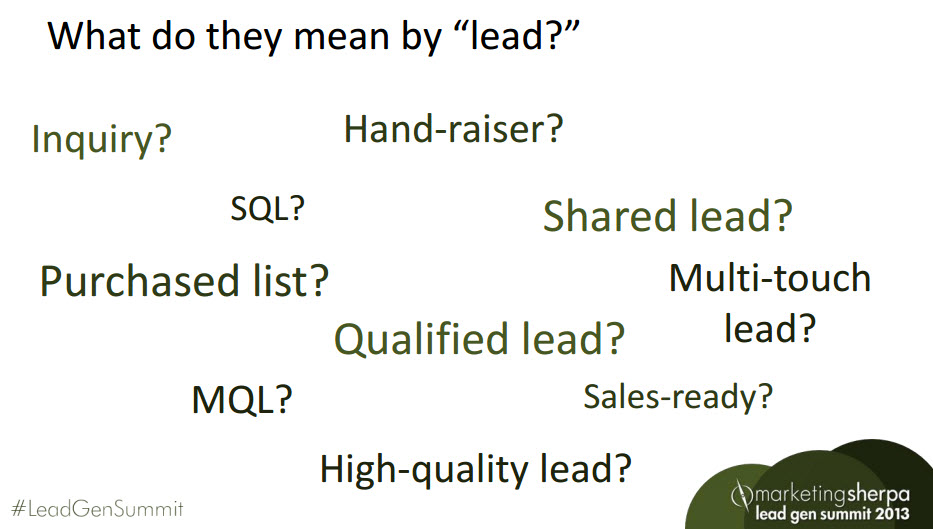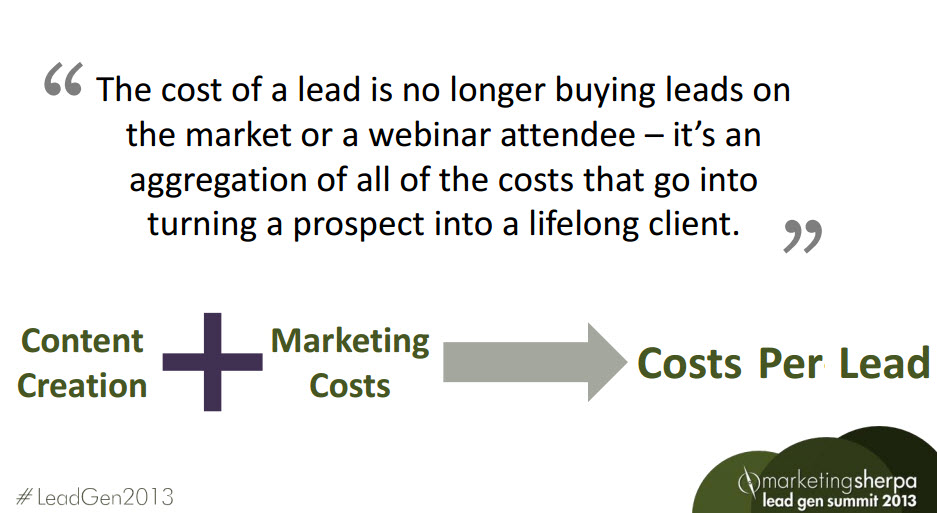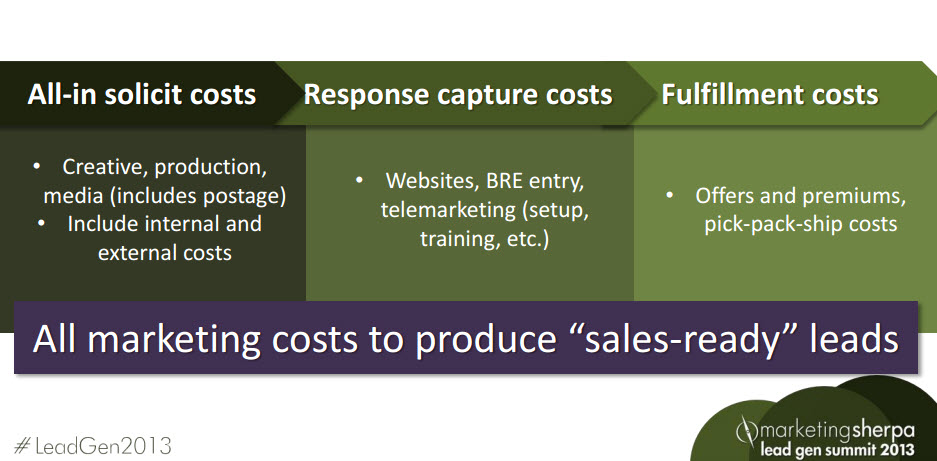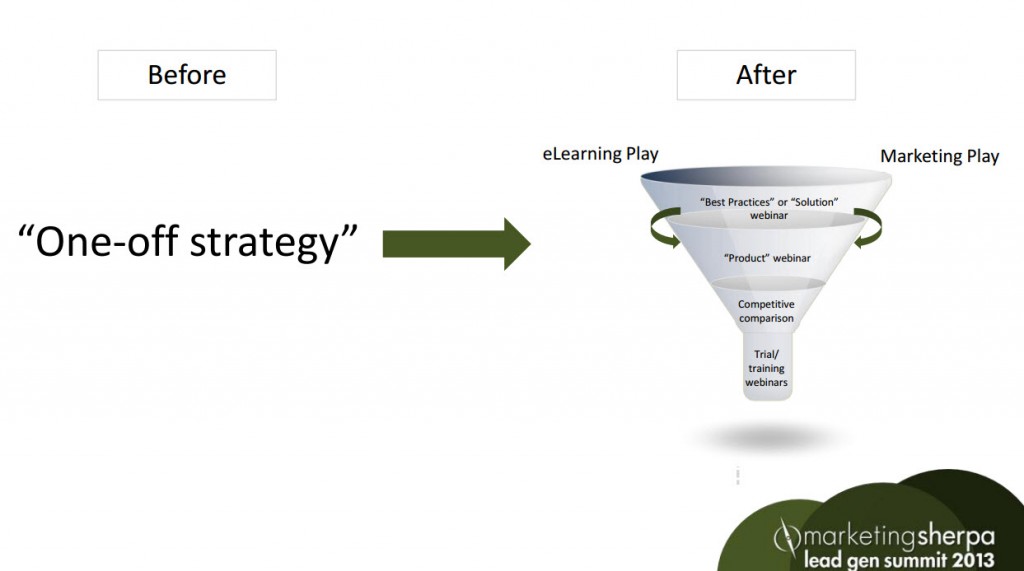Originally published on B2B LeadBlog
There is one question at the heart of lead generation that your marketing efforts should clearly answer.
“If I am you ideal prospect, why should I buy from you rather than your competitors?”
To put this into perspective, take a few moments and ask yourself, “Do I clearly and succinctly state the core value proposition of the product or service that I am marketing?”
In other words, what’s the elevator pitch for what you offer in the marketplace?
Take a moment to write it down.
Here are a few examples of poor value propositions from the MECLABS Value Proposition Development Course to help you identify value claims that may need a little work:
- “We empower you software decisions.”
- “I don’t sell products and services; I sell results — my guarantee.”
- “We help companies find their passion and purpose.”
- “We are the world’s leading [our jargon goes here] provider.”
- “We have the solution your company is looking for.”
Now, let’s be honest as we’re among friends here.
If your answer was close to any of these, then you’re not offering value.
What you are actually offering is hype, bland-vertising and the creature comforts of company jargon that only you understand. I would also suggest that your marketing is likely underperforming as a result and could use a little work on value proposition development.
In this B2B Lead Roundtable Blog post, we’ll look at three factors you should consider when crafting value propositions that you can use to aid your lead generation efforts.
It’s all about connecting prospects to the right value
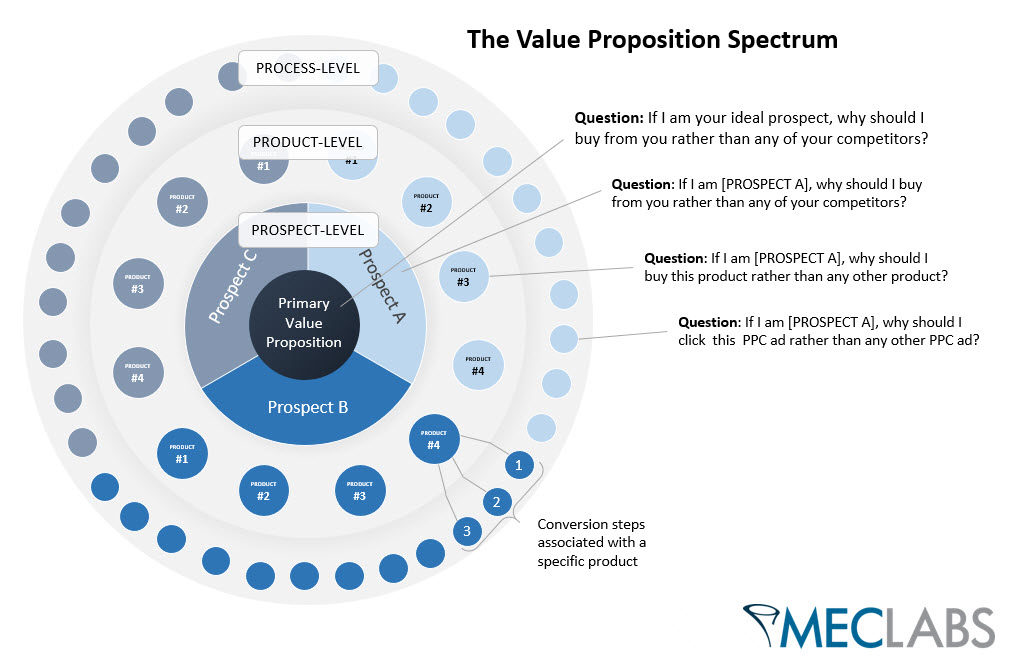
Before we go further, let’s put some context around digging a little deeper into value prop using the illustration of value proposition spectrum above.
When you answer the question of why customers should buy from you rather than anyone else, it’s a great starting point for really understanding the overall value your organization delivers.
However, the move from broad brush understanding of a company’s value proposition to the granular level of value prospects are looking for is where many marketers become lost.
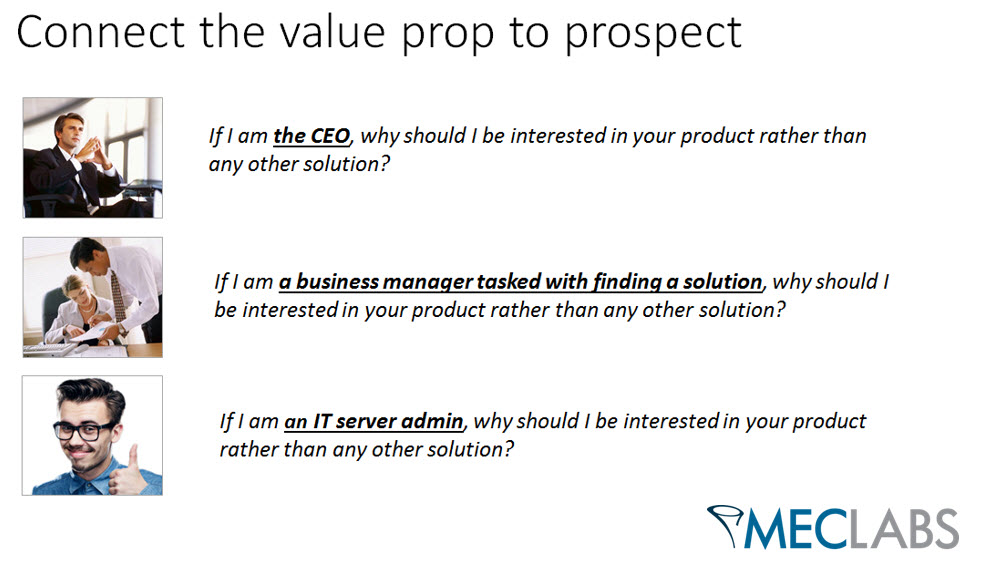
Think of it this way:
A primary value proposition is why you buy from Apple or Microsoft.
For example, the prospect level value is why a CEO would choose a laptop with business class specs over a standard model.
Essentially, it’s where you take the big idea of value proposition and laser focus it to help you deliver the right message to the right people.
Here a few factors to consider that will help you do that using the three prospects in the example above.
Factor #1. Objective
The objective in your value proposition is where you move from finding purpose to finding focus.
To help you do that, you have to think about a prospect’s main goals and desired outcomes.
For a CEO, their objective is, perhaps, “I must increase the financial performance of my organization.”
This translates to new pressures for the business manager who “must achieve X amount of revenue by the end of the year.”
This is also where understanding how your product or service addresses existing pain points and deficiencies will really pay off.
Factor #2. Motivation
Motivation is tough to nail down and really differs at an individual level.
So a good place to start is by asking, “What are the core motivations that drive this prospect’s actions?”
I told you this would not be easy.
But here a hint: A little research on your existing customers will also help you understand some common prospect motivations for your offerings, and you may even discover a few patterns you never knew existed.
Factor #3. Experience
What are the past experiences of the prospect?
A prospect’s prior experiences will factor into their decision-making process.
Considering your prospect’s previous experiences when crafting your messaging can help your lead nurturing efforts by addressing how perceptions can impact choice.
Value proposition is the gateway to trust
All of these factors are helpful in building (or reworking) your value proposition, but they are still just a means to an end.
The value in your claims is only a gateway to building trust with prospects.
You still have to deliver on those claims, and more importantly, you have to recognize they are now more than claims.
They are a promise exchanged for trust and made payable to customers who will look to you to make good on those promises — or to your competitors if you don’t.
You may also like
Digital Marketing: How to craft a value proposition in 5 simple steps [More from the blogs]
Lead Generation Check list — Part 4: Clear and Universal Lead Definition [More from the blogs]
Lead Generation: The power of copy [More from the blogs]
Email Marketing: Do you test your legacy marketing? [More from the blogs]



